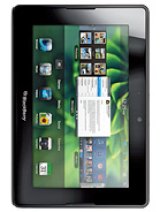
BlackBerry Playbook Wimax
Discover the powerful BlackBerry Playbook Wimax Mobile Phone with 7.0 inch display and impressive specs. Available in black, this device is perfect for mobile professionals. #BlackBerry #Playbook #Wimax
Smartphone Specifications and Features Summary:
Announced: 2010, September
Status: Discontinued
Display: 7.0 inches TFT
OS: BlackBerry Tablet
Network: No cellular connectivity
Chipset: TI OMAP 4430
CPU: Dual-core 1.0 GHz Cortex-A9
GPU: PowerVR SGX540
Memory: 16GB 1GB RAM / 32GB 1GB RAM / 64GB 1GB RAM
Battery: Non-removable Li-Po 5300 mAh
Available color(s): Black
The Rise and Fall of BlackBerry Playbook Wimax: A Tale of Discontinued Brilliance
In the fast-paced world of technology, it's not uncommon for companies and products to come and go. Some become household names, while others fade into obscurity. In 2010, BlackBerry, a once-prominent smartphone maker, announced the launch of their tablet device, the BlackBerry Playbook Wimax. With its sleek design and impressive specifications, it generated a lot of buzz in the tech world. However, within a few years, the Playbook was discontinued, marking the end of an era for BlackBerry and the tablet market. Let's take a closer look at the rise and fall of the BlackBerry Playbook Wimax.In September 2010, BlackBerry announced the launch of their first tablet device, the Playbook Wimax. At the time, the sleek device promised to bring a whole new level of productivity and entertainment to the market. However, due to a lack of vision, poor marketing, and various technical challenges, the Playbook Wimax failed to make a significant impact and eventually faded into obscurity.
The platform of the Playbook Wimax was powered by the BlackBerry Tablet OS, which was intended to provide a seamless integration with existing BlackBerry smartphones. This would allow users to access their email, calendar, and other features on both devices. However, this integration was not as seamless as promised, leading to frustration for users who expected a more seamless experience.
Under the hood, the Playbook Wimax boasted an impressive TI OMAP 4430 chipset and a dual-core 1.0 GHz Cortex-A9 CPU. This was a powerful combination at the time and allowed for smooth multitasking and app usage. The PowerVR SGX540 GPU also provided excellent graphics performance, making it ideal for gaming and multimedia use.
In terms of memory, the Playbook Wimax came in three variations - 16GB, 32GB, and 64GB, all with 1GB of RAM. This was a good amount of storage for the time, but the lack of a card slot for expandable memory was a notable drawback.
The display of the Playbook Wimax was a 7.0-inch TFT with a resolution of 600 x 1024 pixels. This provided decent clarity and vibrant colors, but with a pixel density of only 170 ppi, it was not as sharp as other tablets on the market. Additionally, the 54.7% screen-to-body ratio was considered low compared to other tablets at the time, further hindering its appeal.
In terms of body design, the Playbook Wimax had dimensions of 194 x 130 x 10 mm and weighed 425g. It also had a slim and sleek black design, which was appealing to many users. However, the lack of a SIM card slot and cellular connectivity meant that the device could only connect to the internet via Wi-Fi, significantly limiting its usage on-the-go.
The main camera on the Playbook Wimax was a 5-megapixel shooter, which was considered impressive for a tablet at the time. It also featured autofocus and could record 1080p videos at 30 frames per second. While the camera quality was decent, it was not a standout feature and was overshadowed by its competitors.
The selfie camera, on the other hand, was a 3-megapixel shooter but came without video recording capabilities. This feature was not as important at the time, but it did put the Playbook Wimax at a disadvantage compared to tablets with a front-facing camera.
The battery life of the Playbook Wimax was another selling point, with a non-removable Li-Po 5300 mAh battery, it could last for several hours of use. However, with the rise of smartphones with longer battery life, this feature was not enough to stand out in the market.
Concerning connectivity, the Playbook Wimax had Wi-Fi 802.11 a/b/g/n, WiMAX 802.16e, and Bluetooth 2.1 for wireless communication. The lack of other features like positioning technology, radio, and NFC further limited its usage and appeal.
In terms of additional features, the Playbook Wimax had a few notable ones, such as a micro HDMI port for video output, document viewer, media player, and web browser. However, the absence of a microSD card slot, a standard feature on most tablets, was a glaring limitation.
In the end, despite its promising specifications and features, the BlackBerry Playbook Wimax failed to gain traction in the market. The lack of seamless integration with BlackBerry smartphones, limited cellular connectivity, and the relatively high price point were some of the factors that contributed to its downfall. The Playbook Wimax was discontinued in 2013, and BlackBerry announced that it would no longer produce tablets.
In conclusion, the rise and fall of the BlackBerry Playbook Wimax serves as a cautionary tale in the ever-changing tech industry. Despite its impressive hardware and features, the tablet failed to meet the demands of consumers and could not compete with its competitors. It remains a nostalgic piece of technology for some, but ultimately, it will always be remembered as a discontinued gem in the tablet market.
Latest BlackBerry Playbook Wimax Specs and Prices
LAUNCH
- Announced: 2010, September
- Status: Discontinued
PLATFORM
- Operating System: BlackBerry Tablet OS
- Chipset: TI OMAP 4430
- CPU: Dual-core 1.0 GHz Cortex-A9
- GPU: PowerVR SGX540
MEMORY
- Card slot: No
- Internal: 16GB 1GB RAM, 32GB 1GB RAM, 64GB 1GB RAM
DISPLAY
- Type: TFT
- Size: 7.0 inches, 137.9 cm2 (~54.7% screen-to-body ratio)
- Resolution: 600 x 1024 pixels, 16:9 ratio (~170 ppi density)
BODY
- Dimensions: 194 x 130 x 10 mm (7.64 x 5.12 x 0.39 in)
- Weight: 425 g (14.99 oz)
- SIM: No
MAIN CAMERA
- Single: 5 MP, AF
- Video: 1080p@30fps
SELFIE CAMERA
- Single: 3 MP
- Video: -
BATTERY
- Type: Non-removable Li-Po 5300 mAh battery
CELLPHONE NETWORK
- Technology: No cellular connectivity
- 2G bands: N/A
- Gprs: No
- Edge: No
SOUND
- Loudspeaker : Yes, with stereo speakers
- 3.5mm jack : Yes
COMMUNICATIONS
- WLAN: Wi-Fi 802.11 a/b/g/n, WiMAX 802.16 e, dual-band
- Bluetooth: 2.1, A2DP, EDR
- Positioning: No
- Radio: No
- USB: microUSB 2.0
FEATURES
- Sensors: Accelerometer
- Browser: HTML, Adobe Flash - Micro HDMI port Document viewer Media player MP3/WMA/AAC+ Video player DivX/WMV/XviD/3gp Organizer Predictive text input
MISCELLANEOUS
- Colors: Black
Disclaimer: Specifications shown may be different from the actual product. We cannot guarantee that the information provided on this page is 100% correct. This content is provided for information purposes only. All information included herein is subject to change without notice.


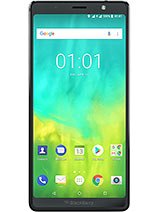
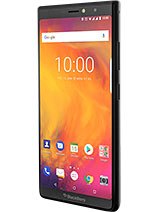
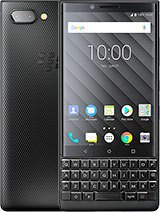
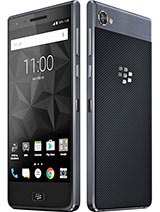
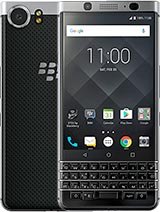

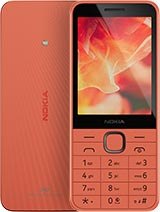


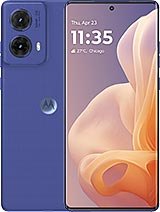




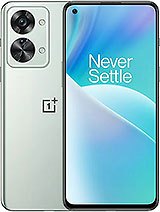


Leave your Opinion here